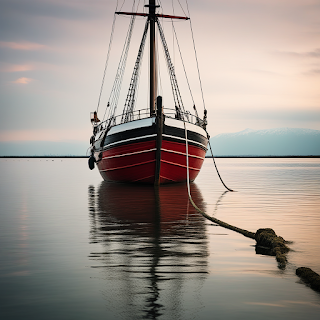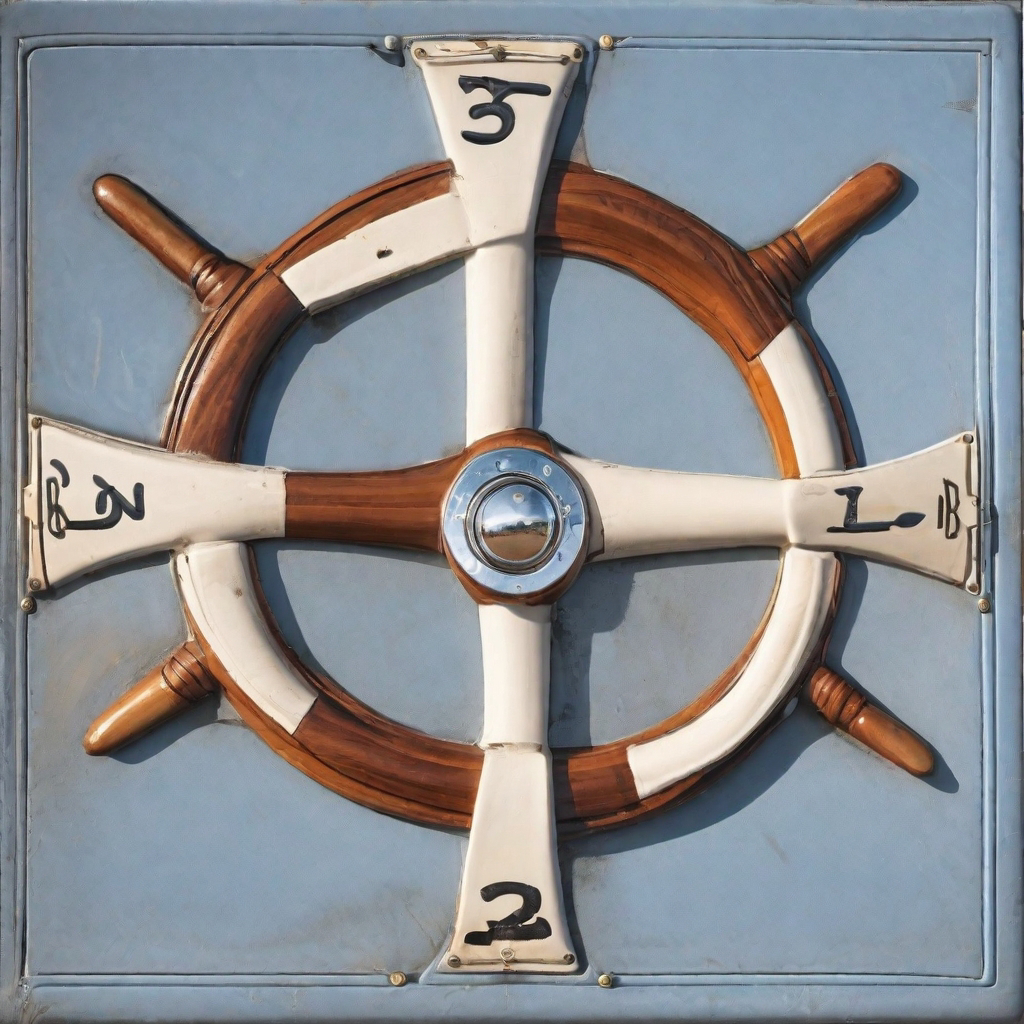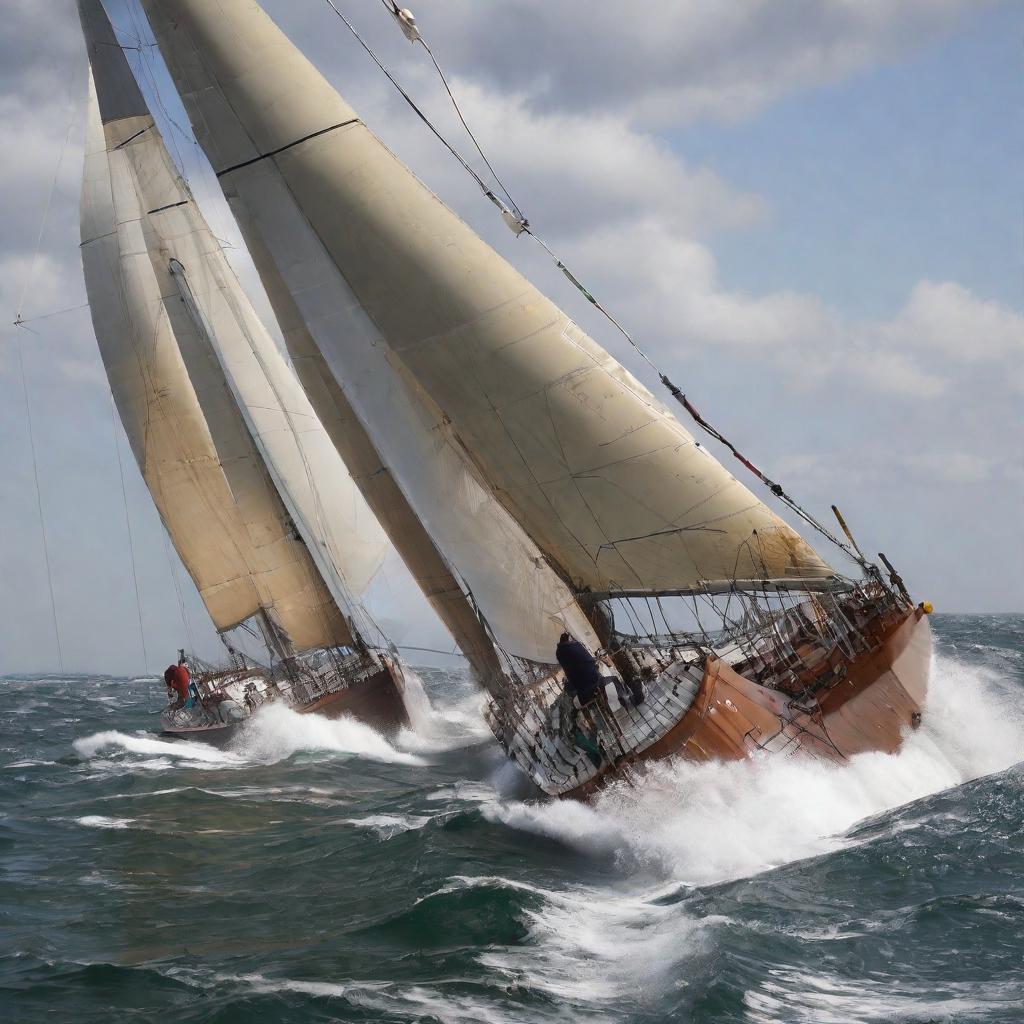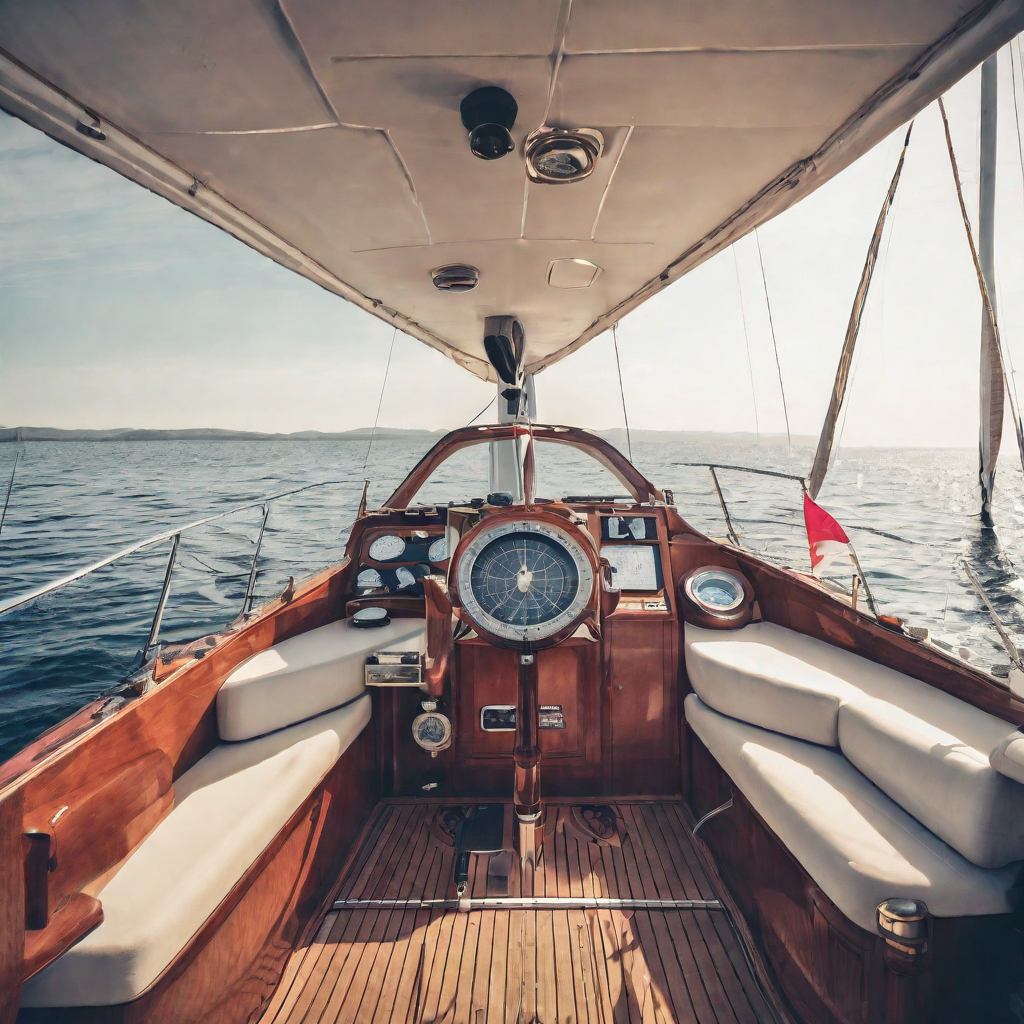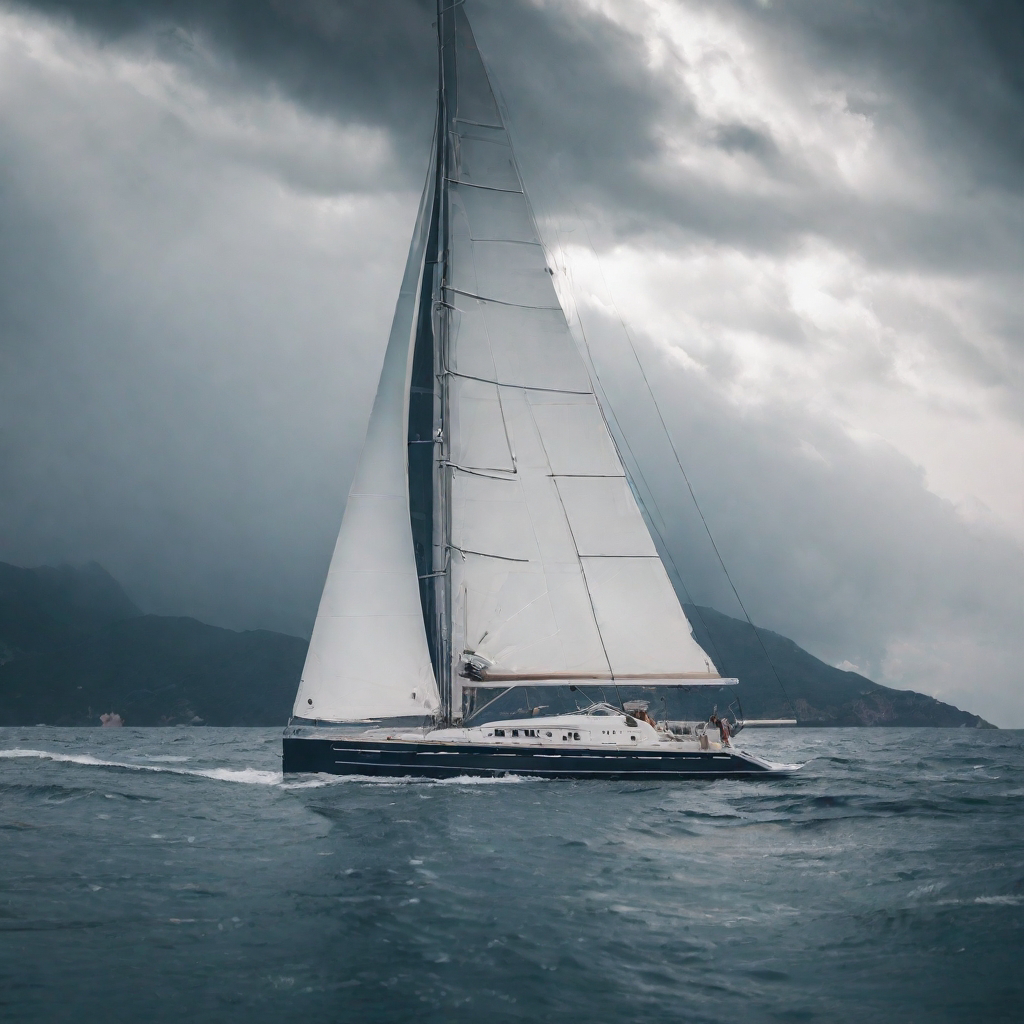What are basic knots in yachting?
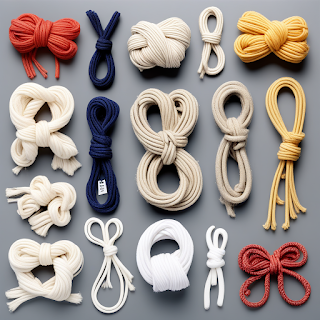
Basic knots are fundamental and versatile knots that are commonly used in various applications, including boating, camping, hiking, and everyday tasks. Here are descriptions of some essential basic knots: 1. Square Knot (Reef Knot): The square knot is used to join two ropes of equal diameter. It is commonly used for tying together the ends of a bandana, securing packages, or tying two lines together. It is not recommended for critical applications where safety is a concern. 2. Figure Eight Knot: The figure eight knot is a stopper knot that prevents the rope from slipping through a hole or a block. It is easy to tie and untie, making it useful for creating a fixed loop at the end of a line or for preventing the rope from fraying. 3. Clove Hitch: The clove hitch is a versatile knot used to temporarily secure a line to a post, pole, or other cylindrical objects. It is often used for mooring boats, setting up tents, or creating clotheslines. 4. Bowline: The bowline is a strong and re...
